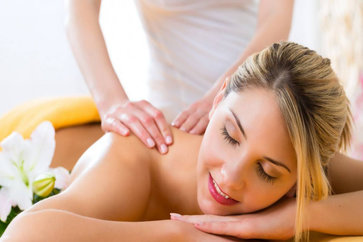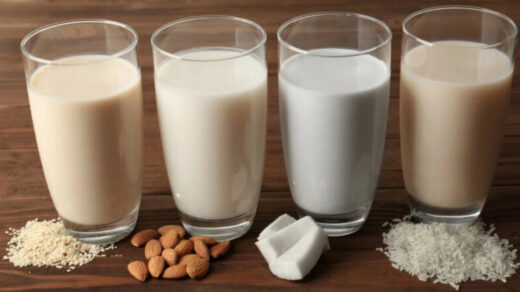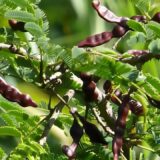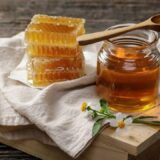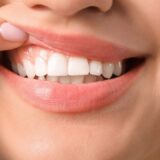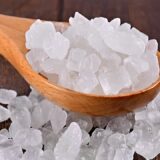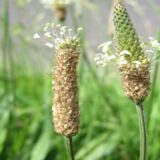Swedana Karma: The Ayurvedic Sweat Therapy
Ayurveda, an ancient Indian system of medicine, offers a comprehensive approach to health and well-being. Rooted in the philosophy of balance and harmony, Ayurveda emphasizes the interconnectedness of the mind, body, and spirit. Its primary goal is to prevent disease and promote optimal health through lifestyle modifications, diet, and herbal therapies.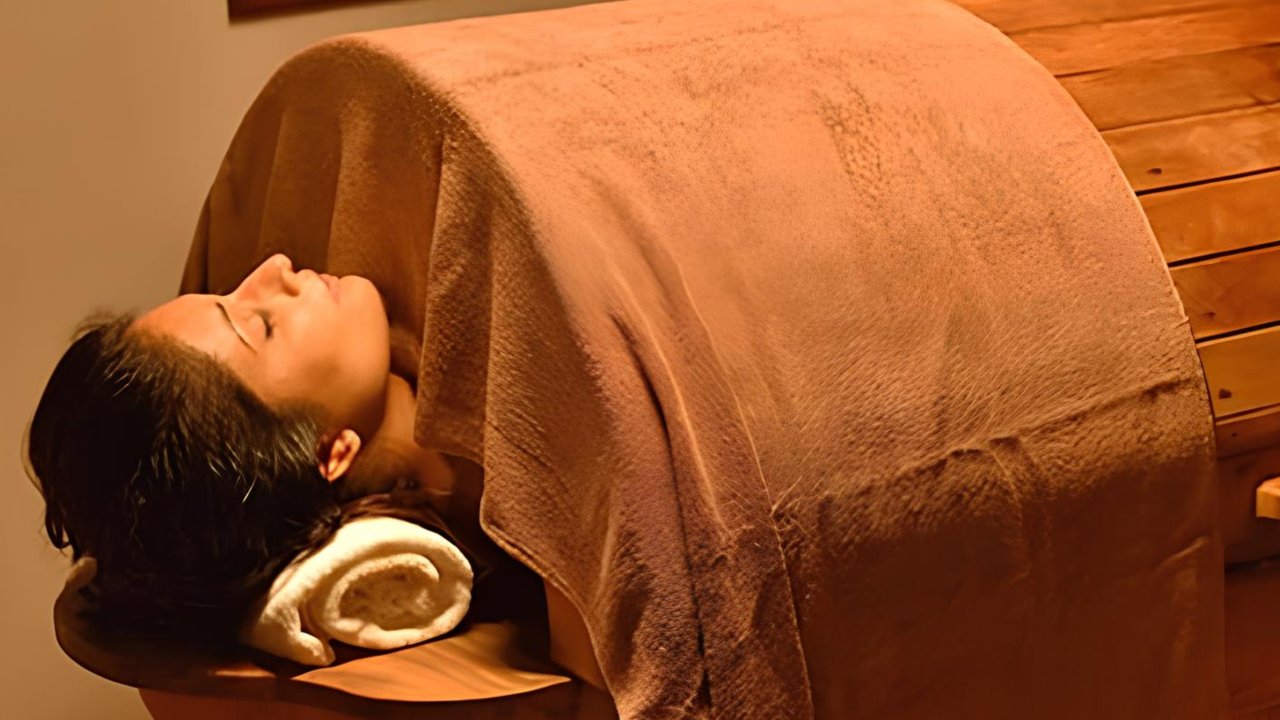
Central to Ayurvedic practice is the concept of the doshas, three fundamental energies (Vata, Pitta, and Kapha) that govern physiological processes. By understanding one’s unique dosha constitution, individuals can tailor their lifestyle and treatments to maintain balance and prevent imbalances that lead to disease.
Swedana Karma: A Cornerstone of Ayurvedic Therapy
Swedana Karma, or fomentation therapy, is a vital therapeutic practice in Ayurveda. It involves inducing sweating through various methods to purify the body, alleviate ailments, and promote overall well-being.
This treatment is based on the principle of eliminating toxins (ama) from the body through sweat, thereby restoring balance to the doshas.
Swedana Karma is a cornerstone of Panchakarma, a comprehensive Ayurvedic detoxification and rejuvenation process. However, it is also used independently to address specific health concerns.
What is Swedana Karma?
Swedana Karma, often referred to as fomentation therapy, is an Ayurvedic therapeutic technique that involves inducing sweating to purify the body, alleviate ailments, and promote overall well-being.
It is a cornerstone of Panchakarma, the Ayurvedic detoxification process, but can also be used independently.
Historical & Traditional Background
The roots of Swedana Karma can be traced back to the ancient Vedic period, where it was considered a vital aspect of maintaining health and hygiene.
The practice is extensively described in classical Ayurvedic texts like Charaka Samhita, Sushruta Samhita, and Ashtanga Hridayam.
These texts provide detailed information about the different types of Swedana, their indications, contraindications, and procedures.
Traditionally, Swedana Karma was an integral part of daily life, with people using various natural methods to induce sweating, such as hot water baths, steam baths, and exposure to sunlight.
Over time, the practice evolved with the incorporation of medicinal herbs and specialized techniques to enhance its therapeutic benefits.
The Purpose of Swedana Karma
The primary purpose of Swedana Karma is to:
- Purify the body: By inducing sweating, it helps to eliminate toxins (ama) accumulated in the tissues.
- Alleviate ailments: It is effective in treating various conditions such as joint pain, stiffness, cold, cough, and digestive disorders.
- Promote relaxation: Swedana Karma induces deep relaxation, reduces stress, and improves sleep quality.
- Prepare the body for Panchakarma: It is often used as a preparatory step to liquefy the doshas before other purification procedures.
- Enhance circulation: It improves blood circulation, thereby nourishing the tissues and promoting vitality.
Swedana Karma is a versatile therapy that can be tailored to address specific health concerns and individual needs.
Types of Swedana Karma
Swedana Karma encompasses a variety of techniques to induce sweating, each with specific therapeutic benefits. Here are some of the most common types:
1. Snehana Swedana (Oleation Sweating)
Involves applying medicated oil to the body followed by exposure to heat. This method is beneficial for conditions related to dryness, stiffness, and Vata imbalance.
2. Nadi Swedana (Steam Sweating)
Involves exposing the body to steam, either through a steam room or by directing steam onto specific body parts. This type of sweating is effective for conditions related to Kapha imbalance and respiratory issues.
3. Pindasweda (Poultice Sweating)
Involves using herbal poultices, warmed and applied to the body. The specific herbs in the poultice determine the therapeutic benefits, which can range from pain relief to detoxification.
4. Kati Vasti Swedana (Lower Back Sweating)
A localized form of sweating therapy focused on the lower back region. It is particularly beneficial for conditions like lower back pain, sciatica, and lumbar spondylosis.
Note: These are just a few examples of Swedana Karma. There are many other variations and combinations of these techniques, tailored to specific health conditions and individual needs.
Additional Types of Swedana Karma
Beyond the commonly known types, Ayurveda offers a diverse range of Swedana techniques to cater to specific conditions and individual needs.
- Ushma Sweda (Heat Sweating): This involves exposing the body to dry heat, often using heated stones or sand.
- Drava Sweda (Liquid Sweating): Here, warm medicated liquids are poured over the body to induce sweating.
- Upanaha Sweda (Poultice Sweating): Similar to Pindasweda, but with a broader range of poultice materials and applications.
- Tapa Sweda (Heat Exposure): This involves exposing the body to direct sunlight or artificial heat sources.
Localized Swedana
Swedana can also be applied to specific body parts for targeted relief. Some examples include:
- Shiro Sweda: Sweating for the head
- Greeva Sweda: Sweating for the neck
- Pada Sweda: Sweating for the feet
- Hridaya Sweda: Sweating for the chest
Combined Therapies
Often, Swedana is combined with other Ayurvedic treatments for enhanced benefits. Some examples include:
- Swedana with Abhyanga (Massage): A combination of oil massage followed by sweating.
- Swedana with Basti (Enema): Sweating is used as a preparatory step for Panchakarma procedures like Basti.
- Swedana with Vaman (Therapeutic Vomiting): Sweating helps to liquefy toxins before the Vaman procedure.
Note: The choice of Swedana type and its duration should be determined by an Ayurvedic practitioner based on the individual’s condition, dosha imbalance, and other factors.
Physiological and Therapeutic Mechanisms
Swedana Karma, or fomentation therapy, is a powerful Ayurvedic technique that leverages the body’s natural processes to promote health and well-being. It primarily works by:
- Vasodilation: Increased heat causes blood vessels to dilate, improving circulation and nutrient delivery to tissues.
- Increased perspiration: Sweating helps to cool the body and eliminate excess heat, a key factor in maintaining homeostasis.
- Stimulation of sweat glands: The process activates and cleanses the sweat glands, promoting healthy skin function.
- Relaxation: The warmth and comfort induced by Swedana promote deep relaxation, reducing stress and anxiety.
Detoxification and Balancing Doshas
A core principle of Ayurveda is the concept of ama, or toxins, which accumulate in the body and can lead to imbalances. Swedana Karma plays a crucial role in detoxification by:
- Mobilizing ama: The heat generated during Swedana helps to loosen and liquefy ama, making it easier to eliminate.
- Eliminating toxins: Sweat acts as a carrier, transporting toxins out of the body through the pores.
- Balancing doshas: By reducing ama and promoting circulation, Swedana helps to balance the three doshas (Vata, Pitta, and Kapha).
- Vata: The warming and lubricating effects of Swedana pacify Vata, reducing dryness and anxiety.
- Pitta: By cooling the body, Swedana helps to balance Pitta, reducing inflammation and acidity.
- Kapha: The heat generated during Swedana helps to reduce Kapha, alleviating congestion and heaviness.
The Role of Sweat in Removing Toxins
Sweat is composed of water, salts, and metabolic waste products. These waste products, including toxins, are eliminated from the body through perspiration.
Swedana Karma enhances this process by increasing sweat production, thereby facilitating the removal of impurities.
By understanding the physiological and therapeutic mechanisms behind Swedana Karma, it becomes evident how this ancient practice can be a valuable tool for promoting overall health and well-being.
Benefits of Swedana Karma
1. Detoxification
Swedana Karma is a potent detoxifying therapy. The heat generated during the process helps to liquefy and mobilize ama (toxins) accumulated in the tissues.
As the body temperature rises, the sweat glands become activated, efficiently transporting these toxins out of the body through perspiration, purifying the system.
2. Improved Circulation
The increased heat during Swedana leads to vasodilation, expanding blood vessels and enhancing blood circulation.
This improved blood flow nourishes the tissues, delivers oxygen and nutrients, and removes metabolic waste products effectively.
Enhanced circulation also boosts metabolism, aiding in overall bodily functions.
3. Muscle Relaxation
Swedana Karma is renowned for its ability to relax tense muscles. The warmth penetrates deep into the muscle tissues, relieving stiffness, soreness, and pain. It is particularly beneficial for conditions like arthritis, fibromyalgia, and muscle spasms.
4. Skin Health
Regular Swedana can improve skin health by:
- Deep cleansing: Opening the pores to remove impurities and dead skin cells.
- Increased blood flow: Nourishing the skin and promoting a healthy glow.
- Reduction of skin problems: Addressing issues like acne, eczema, and psoriasis.
5. Stress Relief
The warmth and comfort induced by Swedana create a deeply relaxing environment.
As the body physically relaxes, the mind also tends to unwind, reducing stress, anxiety, and promoting mental clarity.
It is an excellent therapy for individuals experiencing chronic stress or insomnia.
Indications for Swedana Karma
Swedana Karma is a versatile therapeutic modality with a wide range of applications. It is particularly beneficial for conditions characterized by:
- Vata imbalance: Conditions like arthritis, joint pain, sciatica, paralysis, and neurological disorders.
- Kapha imbalance: Obesity, edema, respiratory disorders like asthma and bronchitis, and digestive issues.
- Ama (toxins): Accumulation of toxins leading to fatigue, heaviness, and sluggishness.
Specific Conditions Addressed by Swedana Karma
- Musculoskeletal disorders: Arthritis, joint pain, muscle stiffness, and backache.
- Respiratory disorders: Asthma, bronchitis, sinusitis, and common cold.
- Digestive disorders: Constipation, indigestion, and bloating.
- Skin disorders: Eczema, psoriasis, and acne.
- Stress and anxiety: Promotes relaxation and reduces mental fatigue.
- Circulatory disorders: Improves blood circulation and relieves cold extremities.
Specific Indications for Different Types of Swedana Karma
- Snehana Swedana: Dryness, Vata-related disorders, and conditions requiring nourishment.
- Nadi Swedana: Kapha-related conditions, respiratory disorders, and obesity.
- Pindasweda: Specific conditions based on the herbs used in the poultice. For example, pain relief, inflammation, or detoxification.
- Kati Vasti Swedana: Lower back pain, sciatica, and lumbar spondylosis.
It’s essential to consult with an Ayurvedic practitioner to determine the most suitable type of Swedana Karma for your specific condition.
How to Prepare for Swedana Karma?
Pre-therapy Preparations
Proper preparation is essential for maximizing the benefits of Swedana Karma.
Diet:
- Opt for a light and easily digestible diet a few hours before the treatment.
- Avoid heavy, oily, or cold foods.
- Increase your intake of warm, cooked, and easily digestible foods.
Hydration:
- Stay well-hydrated before and after the treatment.
- Avoid excessive fluid intake immediately before the session.
Lifestyle:
- It’s advisable to avoid strenuous physical activity before the treatment.
- A gentle yoga or meditation session can help prepare the body and mind.
What to Expect During a Swedana Karma Session
The specific experience will vary depending on the type of Swedana Karma you undergo. However, here’s a general overview:
- Relaxation: The treatment is designed to induce deep relaxation.
- Warmth: You will experience a gradual increase in body temperature.
- Sweating: As the body heats up, you will begin to sweat.
- Comfort: The therapist will ensure your comfort throughout the session.
Post-therapy Care
After the Swedana Karma session, it’s important to follow proper aftercare:
- Rest: Allow your body to rest for a while after the treatment.
- Hydration: Drink plenty of fluids to replenish lost fluids.
- Diet: Continue to follow a light and easily digestible diet.
- Avoid cold exposure: Protect yourself from cold drafts or air conditioning.
- Lifestyle: Avoid strenuous activities immediately after the treatment.
By following these guidelines, you can enhance the benefits of Swedana Karma and promote overall well-being.
Contraindications and Precautions
Contraindications
While Swedana Karma is generally safe, there are certain conditions where it is not advisable:
- Acute fever: High fever can intensify the body’s heat, making Swedana counterproductive.
- Severe heart conditions: Individuals with severe heart problems should avoid Swedana due to increased heart rate and blood pressure.
- Uncontrolled bleeding: Active bleeding can be aggravated by increased blood circulation.
- Certain skin conditions: Some skin diseases might be exacerbated by the heat and moisture.
- Pregnancy: Pregnant women should consult with an Ayurvedic practitioner before undergoing Swedana.
Precautions
- Consultation: It’s essential to consult with a qualified Ayurvedic practitioner before starting Swedana Karma. They can assess your health condition and recommend the appropriate type of treatment.
- Duration: The duration of the treatment should be gradually increased, starting with shorter sessions.
- Hydration: Adequate hydration is crucial to prevent dehydration.
- Post-treatment care: Following post-treatment guidelines is essential to maximize benefits and avoid complications.
Possible Side Effects
In rare cases, Swedana Karma might cause:
- Dizziness: This can occur due to sudden changes in blood pressure.
- Fatigue: Excessive sweating can lead to fatigue.
- Skin irritation: In some individuals, the heat and moisture might cause skin irritation.
It’s important to note that these side effects are usually mild and temporary. If you experience any discomfort or adverse reactions, discontinue the treatment and consult with an Ayurvedic practitioner.
By following these precautions and being aware of potential side effects, you can safely enjoy the benefits of Swedana Karma.
By incorporating Swedana Karma into a holistic lifestyle that includes proper diet, exercise, and stress management, individuals can experience optimal health and vitality.

